Interwoven Dialogues: Contemporary Art from Africa and South Asia
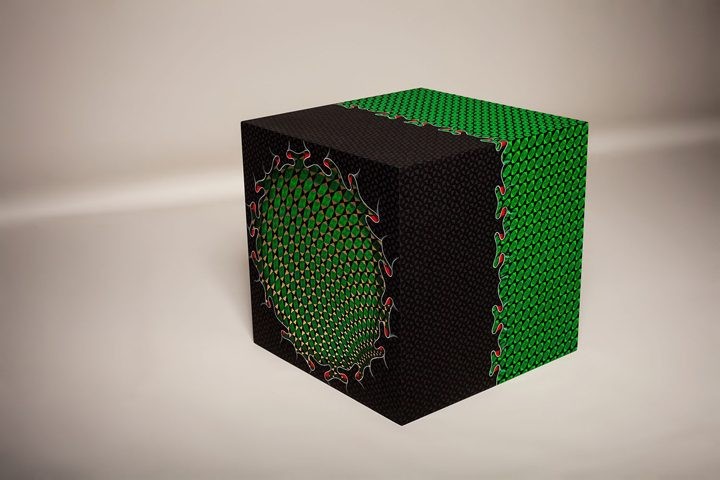
Interwoven Dialogues: Contemporary Art from Africa and South Asia
Aicon Gallery presents Interwoven Dialogues: Contemporary Art from Africa and South Asia, an ambitious group show that pushes the boundaries of conventional media in art, with a set of artists from South Asia and Africa.
The exhibition is anchored around two concepts – (1) an exploration of the tactile quality of fabric and other related material and how it affects image-making and, (2) the design elements that infuse African and South Asian art which are in turn informed by a broad-ranging, innovative pattern-making traditions. Textiles, as the physical manifestation of a social fabric, are a fundamental form of expression as evidenced in the works of these artists.
A few of the artists included here are inspired directly by African pattern-making traditions. It is the Yoruba textile – a resist-dyed textile traditionally made by Yoruba women in Nigeria that inspires the work of Peju Alatise. Alatise’s interdisciplinary approach results in thoughtful pieces that have reached global audiences outside her native Nigeria. The realities of living in contemporary Nigeria juxtaposed within the realms of Yoruba mythos are the connecting threads within her oeuvre. Ghanaian artist Rikki Wemega- Kwawu adopts a similar strategy in his invocation of traditional African religious iconography. Through his abstraction of these symbols Wemega-Kwawu attempts to provide “a kind of visual shamanic experience for the (contemporary) viewer.”
Similarly rich in inspiration are Abdoulaye N’Doye’s mixed media works on cloth. Developed in several layers, what appears as handwritten script is invented, based on motifs and patterns associated with Sahelian artistic traditions. The overall effect recalls Mandjak textiles and famed Mali colors and patterns and while they appear to chronicle a history or heritage, their meanings are indecipherable and enigmatic. These works share a kinship with the works of Algerian born artist Rachid Koraïchi. Koraïchi’s work is influenced by a heritage in Sufism. Drawing on Arabic semiotics and dwelling on calligraphy as a means of interpretive transcendence, Koraïchi’s work utilizes letters and signage to evoke figurative imagery and enumerate universal messages to a global audience. As NYT art critic Holland Cotter put it “Harmony in multiplicity is the message.”
Peju Alatise, Lost, 18 mixed media panels, dimensions variable.
Four artists engage with identity politics in their work using textile as a prism. British-Moroccan photographer Hassan Hajjaj’s practice since the late 80s presents colorful and engaging portraits that combine the visual vocabulary of contemporary fashion photography and pop art, as well as the studio photography tradition. The result is an intelligent commentary on the influences of tradition in the interpretations of high and low branding and the effects of global capitalism. Omar Victor Diop’s practice as a photographer presents a similarly compelling narrative. In a series titled “Le Studio des Vanités,” Diop documents his peers – a generation of young creatives in Dakar, Senegal. Through the use of portraiture, his work tries to balance years of simultaneous exotification and ghettoization of African cities, denying neither reality only presenting one entirely of his choosing.
Drawing from her experience as a Pakistani woman who grew up in a conservative household, Aisha Khalid tackles ideas of feminism, domesticity, and contemporary politics employing the miniature painting tradition and traditional Islamic pattern design. Khalid both criticizes and pays homage to the historical style and contemporary realities of everyday Muslims in a globalized, yet insular world. The menacing metal garments that Naiza Khan crafts echo these concerns. Delicate or strong, armor or cage, Khan invites the audience to decide. What results is a consciousness of the lived experience of a woman in Pakistan.
Engaging directly with the material aspects of artistic production are Rina Banerjee’s thoughtfully-titled compositions – grotesque, monstrous and chimeric all at the same time. Known for her use of fabric, feathers, shells, and all manner of organic materials in her ornamental figures, Banerjee relishes in creating feelings of both fantasy and dread in her audiences. In a similar vein, Indian artist Mithu Sen delivers a masterclass in the art of playful subversion. Drawing from her own spontaneity and tendency towards free association, Sen groups together seemingly unrelated objects in her paintings, drawings, and collages in an effort to thoughtfully criticize the ways in which western and non-western audiences perceive complex ideas, such as femininity and sexuality.
Artists: Peju Alatise , Rina Banerjee , Omar Victor Diop , Hassan Hajjaj , Aisha Khalid , Naiza Khan , Rachid Koraïchi , Abdoulaye N’doye , Mithu Sen , Rikki Wemega-Kwawu
Curated by Awam Amkpa
.
Exhibition November 30 – January 6, 2017
Press Preview & V.I.P. Reception: Thursday, November 30, 6:00pm – 8:00pm 35 Great Jones St., New York NY 10012
.
View more from
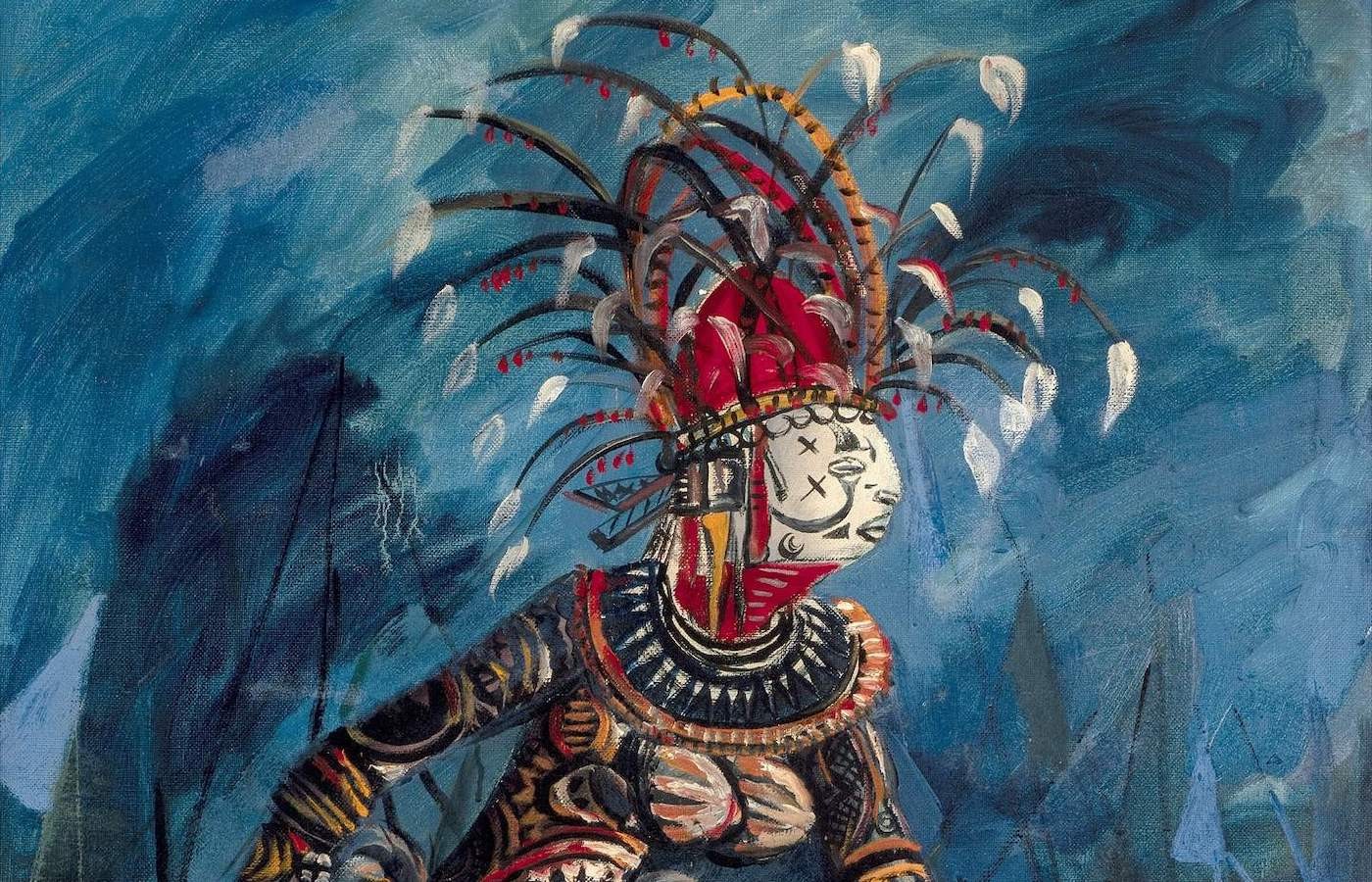
Nigerian Modernism – Group Show
Oct 8, 2025–May 10, 2026
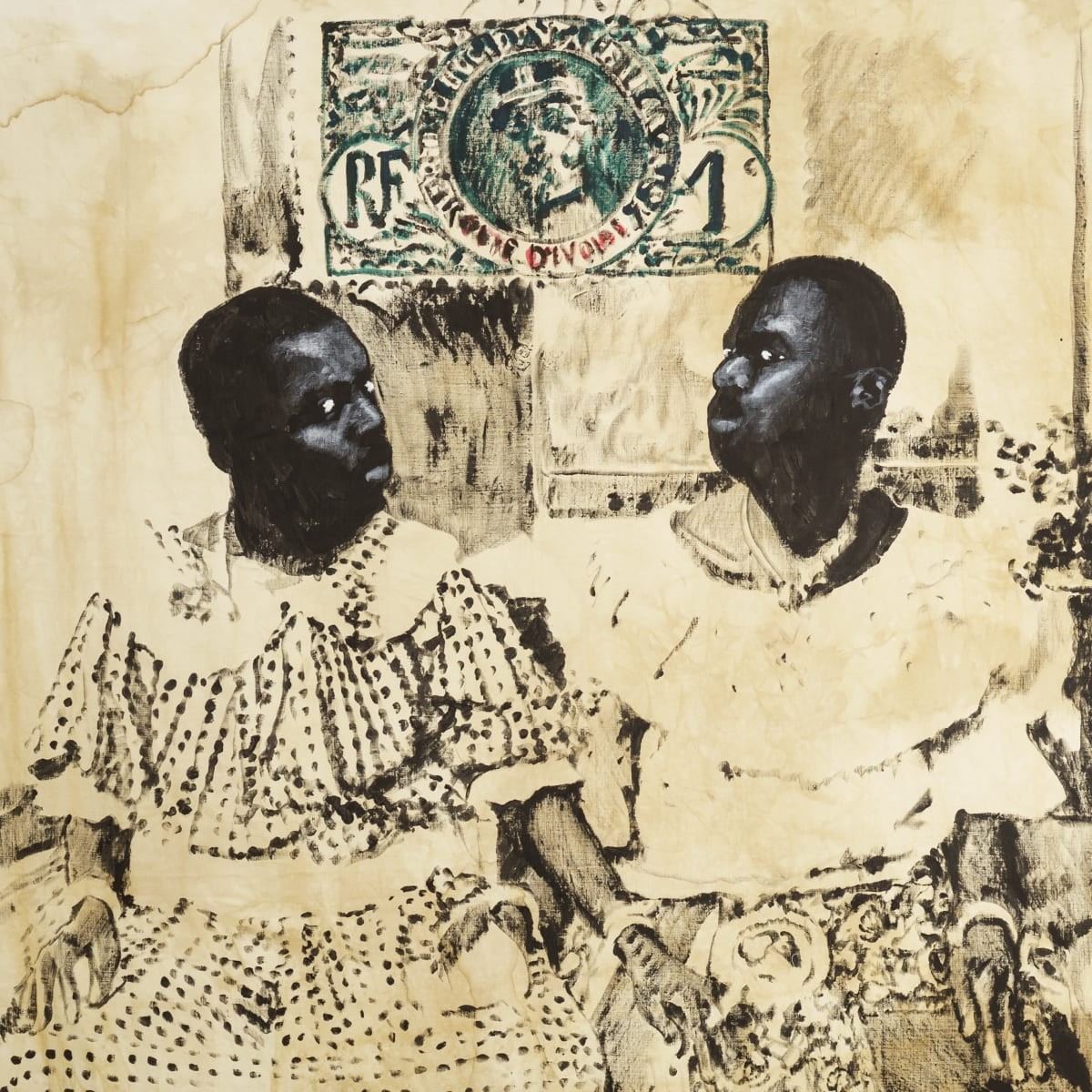
Roméo Mivekannin: Correspondances
Oct 2, 2025–Mar 21, 2026
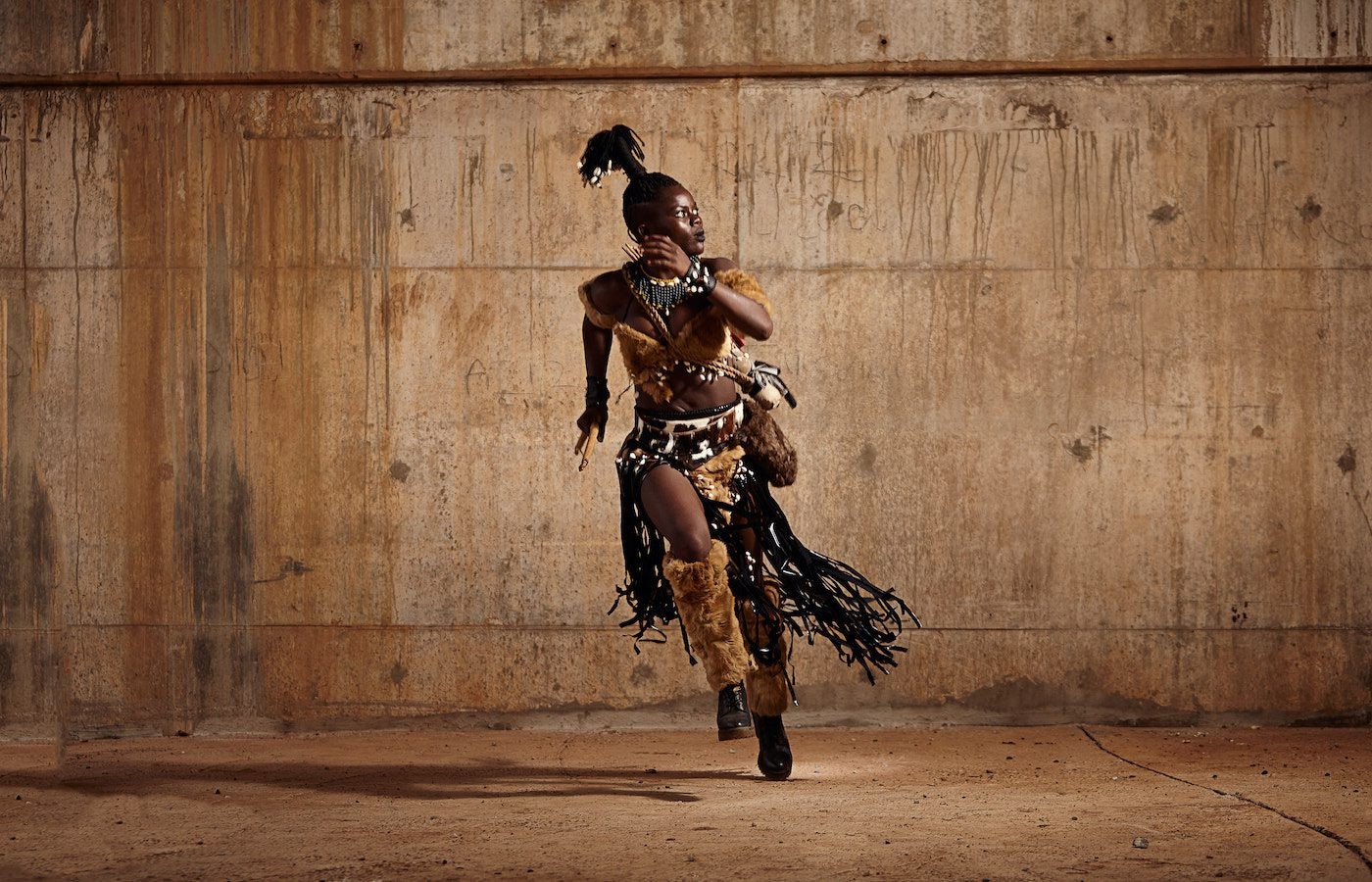
The Writing’s on the Wall (TWTW)
Sep 13, 2025–Mar 14, 2026
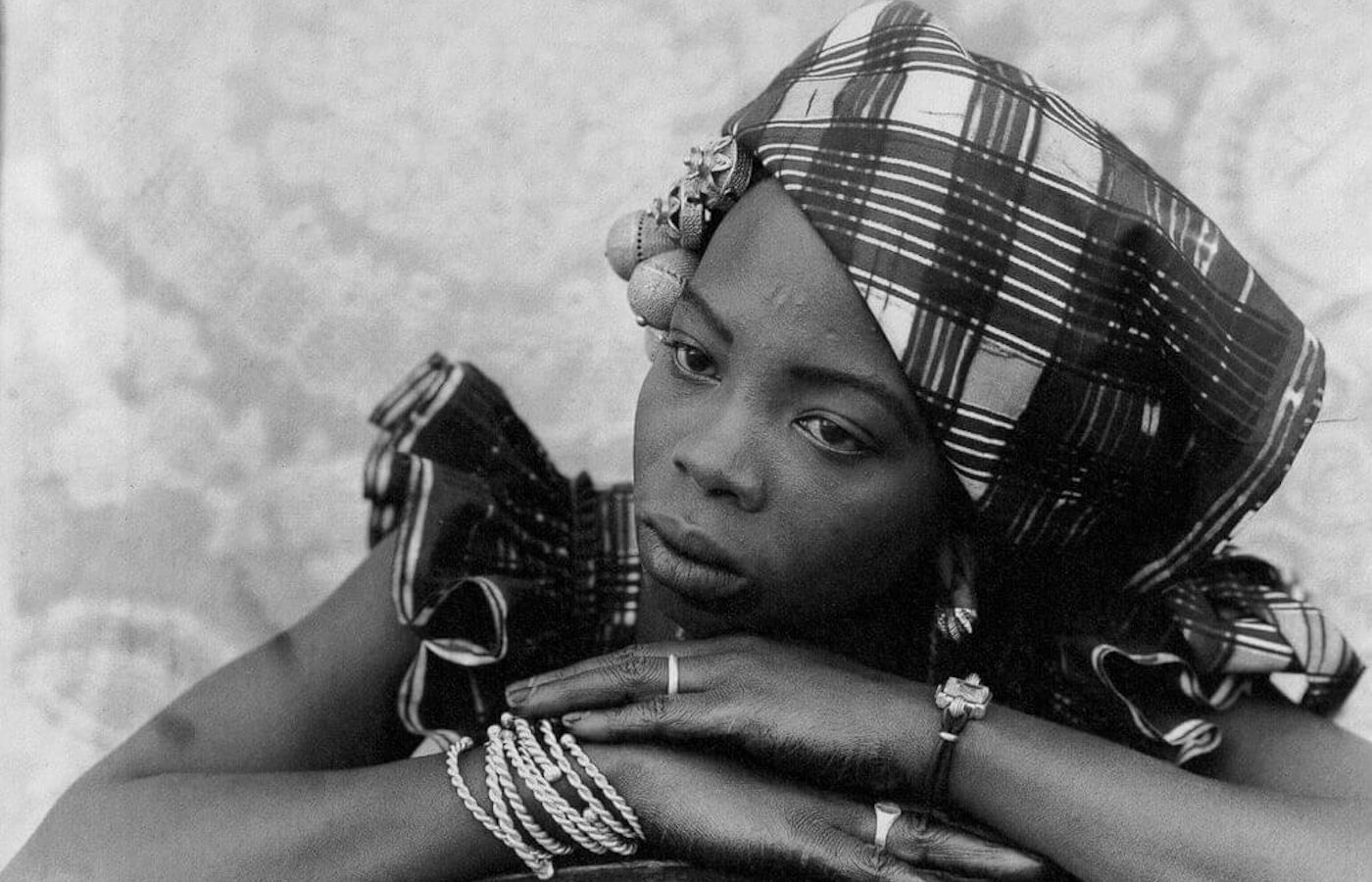
Seydou Keïta: A Tactile Lens
Oct 10, 2025–Mar 8, 2026
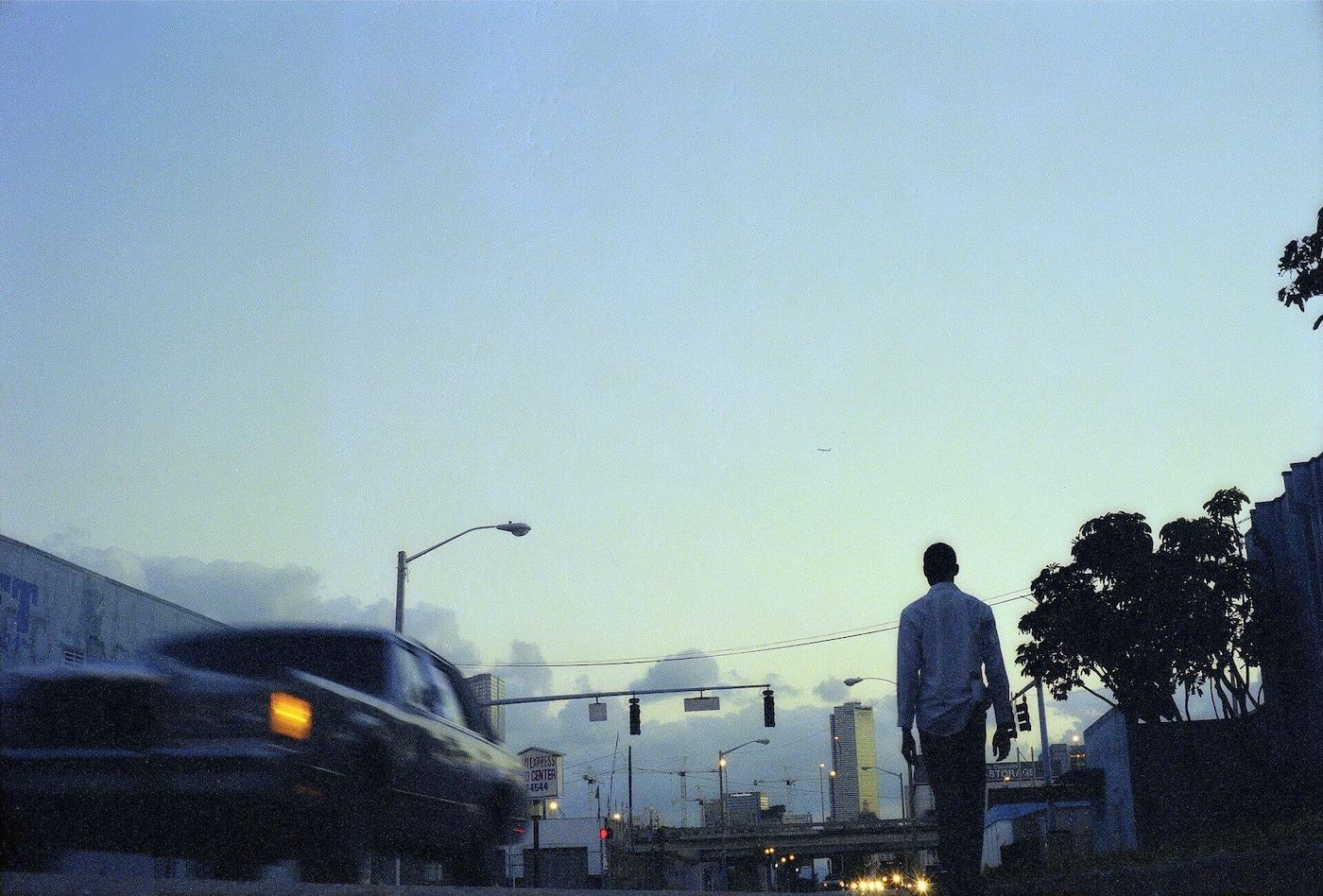
ECHO DELAY REVERB: American Art and Francophone Thought – Group Show
Oct 22, 2025–Feb 15, 2026
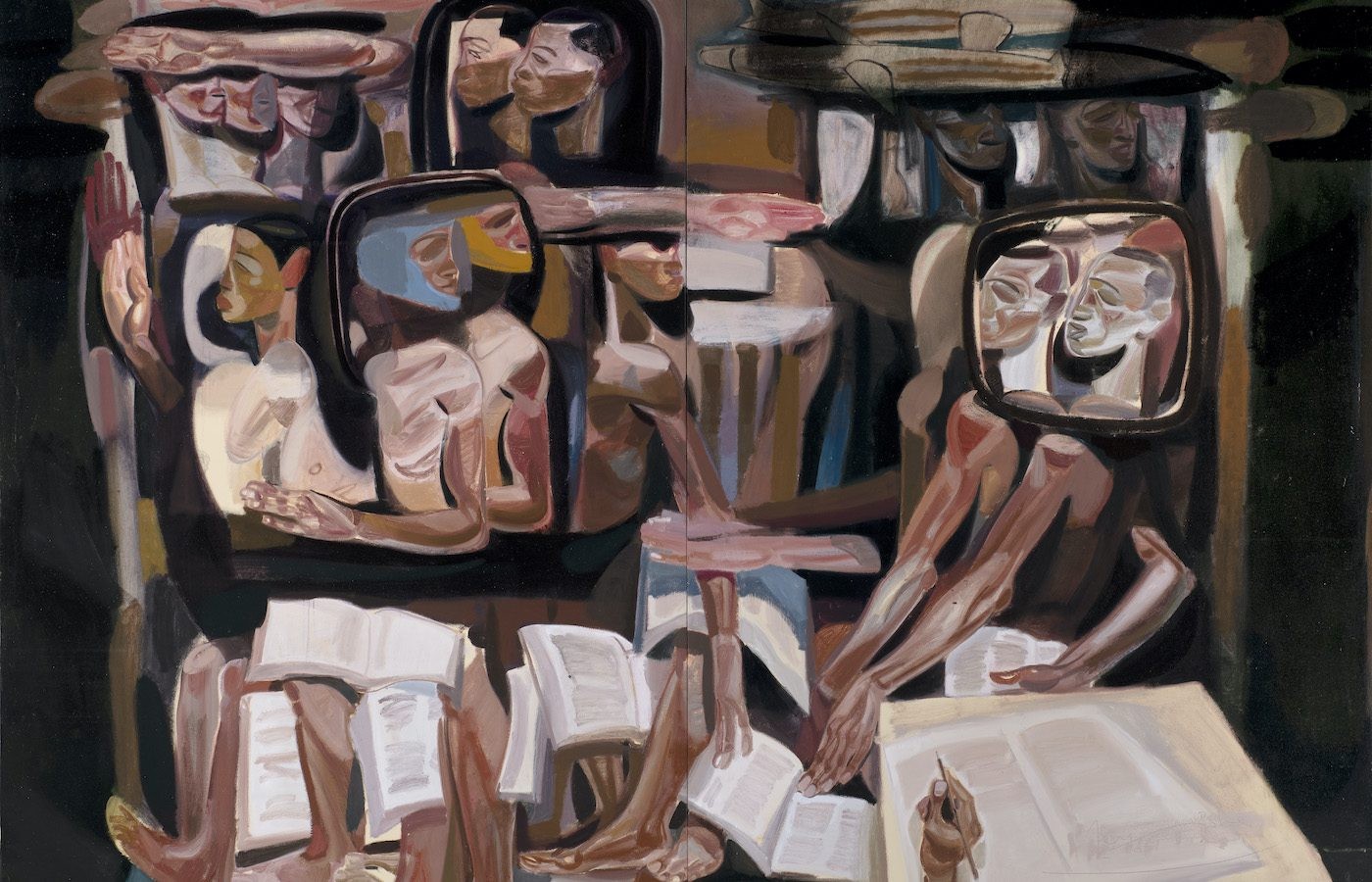
Tesfaye Urgessa: Roots of Resilience
Sep 20, 2025–Feb 15, 2026